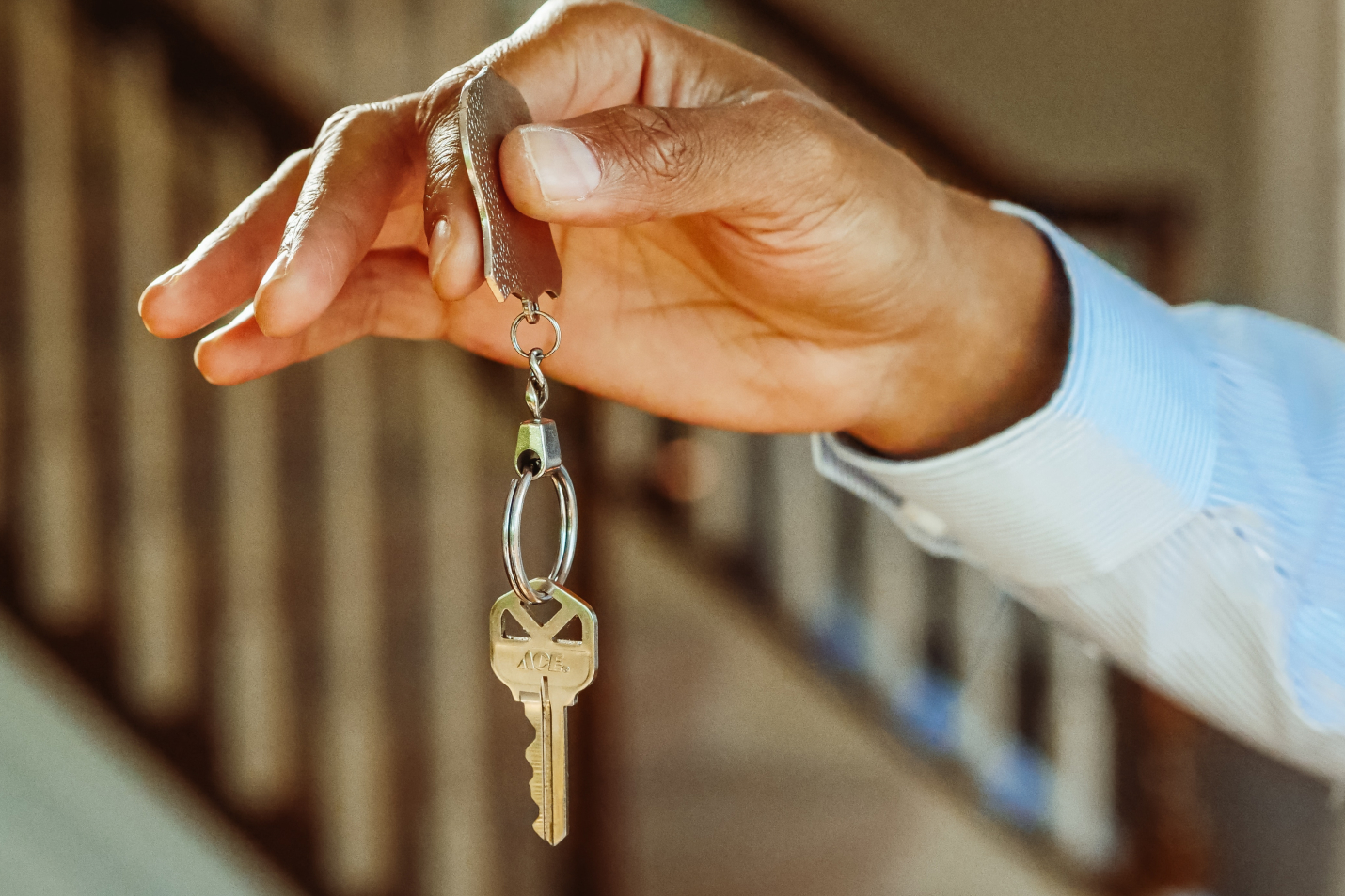So you own a multifamily building but are having trouble turning leads into leases without spending a fortune on marketing? If your answer is yes, you’re not alone. Most multifamily owners and property managers face the same issue. A high cost-per-lease, the ballooning number of days vacant, and low conversion rates are just a few of the symptoms associated with the inefficiency in multifamily leasing. The good news is that by making a few changes to your leasing process, improving multifamily leasing efficiencies can also help cut overall costs.
Improving Multifamily Leasing Efficiencies
Multifamily property owners normally face one or more of the following three problems:
- Not using an efficient system for prospect and current tenant management.
- Not taking advantage of technology to automate and speed up the leasing process.
- Not training leasing staff properly on how to efficiently lease units.
All of these can lead to costly problems when it comes to leasing efficiencies in your multifamily operation. But there are solutions. By implementing a few best practices, you can dramatically improve your leasing efficiency and, as a result, increase your occupancy and bottom line.
Let’s take a look at each one in more detail, and examine a few ways to combat the issue.
Converting From Lead to Lease
It’s not always about getting more leads. If you’re not efficiently converting the leads you already have, it won’t matter how many new ones you generate.
You’ll just end up wasting time and money chasing after prospects who are never going to lease from you.
The key to efficient lead conversion is having a good system in place for tracking and following up with prospects. This system should include:
- A method of capturing leads (e.g. online form, phone call, etc.)
- A way to quickly and easily add new leads to the system
- A follow-up system that ensures every lead is contacted within a certain timeframe
- A method of tracking which prospects have been contacted, when they were contacted, and what the outcome was
- A way to score or rate prospects so you can prioritize your follow-up efforts
With these things in place, you will be able to see any bottlenecks in your system that are resulting in a higher cost-per-lease. You can then take steps to fix those bottlenecks, reduce vacancy, and improve your overall efficiency.

Leveraging Leasing Automation By Improving Multifamily Leasing Efficiencies
At every turn, there are opportunities for optimization. By leveraging technology and automating repetitive tasks, you can free up time for your leasing staff to focus on selling units and generating new leads.
Some of the things you can automate in your multifamily leasing operation include:
- Lead capture
- Lead follow-up
- Unit showings
- Rep scheduling
- Rent collection
- Work order requests
- Move-in/move-out processes
By automating these tasks you can improve your efficiency and leasing staff productivity. Not to mention, tenants will appreciate the streamlined experience and self-service options that automation can provide.
Providing Training To Your Leasing Reps
Sometimes, a property management company will have automation implemented but will still not be very efficient in leasing because its leasing staff is not properly trained. To make sure your leasing team is up to speed, provide them with regular (and updated) training on the following topics:
- The features and benefits of your units
- Your target market
- How to use your lead capture and follow-up system
- Objection handling
- Closing techniques
By ensuring that your leasing staff is well-trained, you can improve your chances of converting leads into leases and, as a result, increase your overall leasing efficiency.

Find a Multifamily Leasing Solution That Works
So how do you build out a system that’s going to work for your specific multifamily property?
The answer is going to vary depending on the size of your operation, but there are a few key things to keep in mind.
- Ease of use: You want something that’s easy for your staff to use. If it’s too complicated or time-consuming, they’re just going to find ways around it.
- Flexibility: As your operation grows and changes, you want a system that can change with you.
- Cost: Obviously, you don’t want to spend more than you have to. But at the same time, you get what you pay for. So, it’s important to find a balance between cost and features.
- Integrations: Look for a platform that integrates with the other systems you’re using (e.g., accounting, marketing, etc.). This will save you a lot of time and headaches down the road.
- Scalability: As your operation grows, you want a system that can grow with you. Make sure the platform you choose can handle the number of units/locations you have now as well as the ones you plan to add in the future.
Luckily, DashQ can solve all of these problems for you. DashQ is a multifamily lease management platform that’s designed to be easy to use, flexible, and scalable. It also integrates with several other systems to save you time and hassle.
So if you’re looking for a way to improve your multifamily leasing efficiency, DashQ is the perfect solution.




